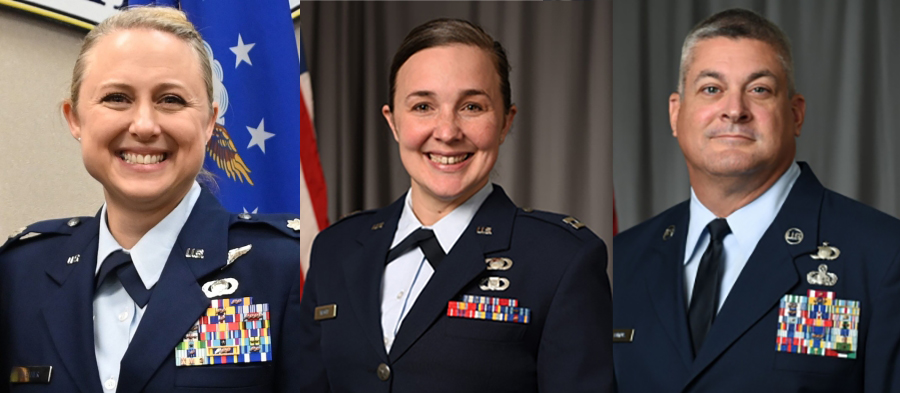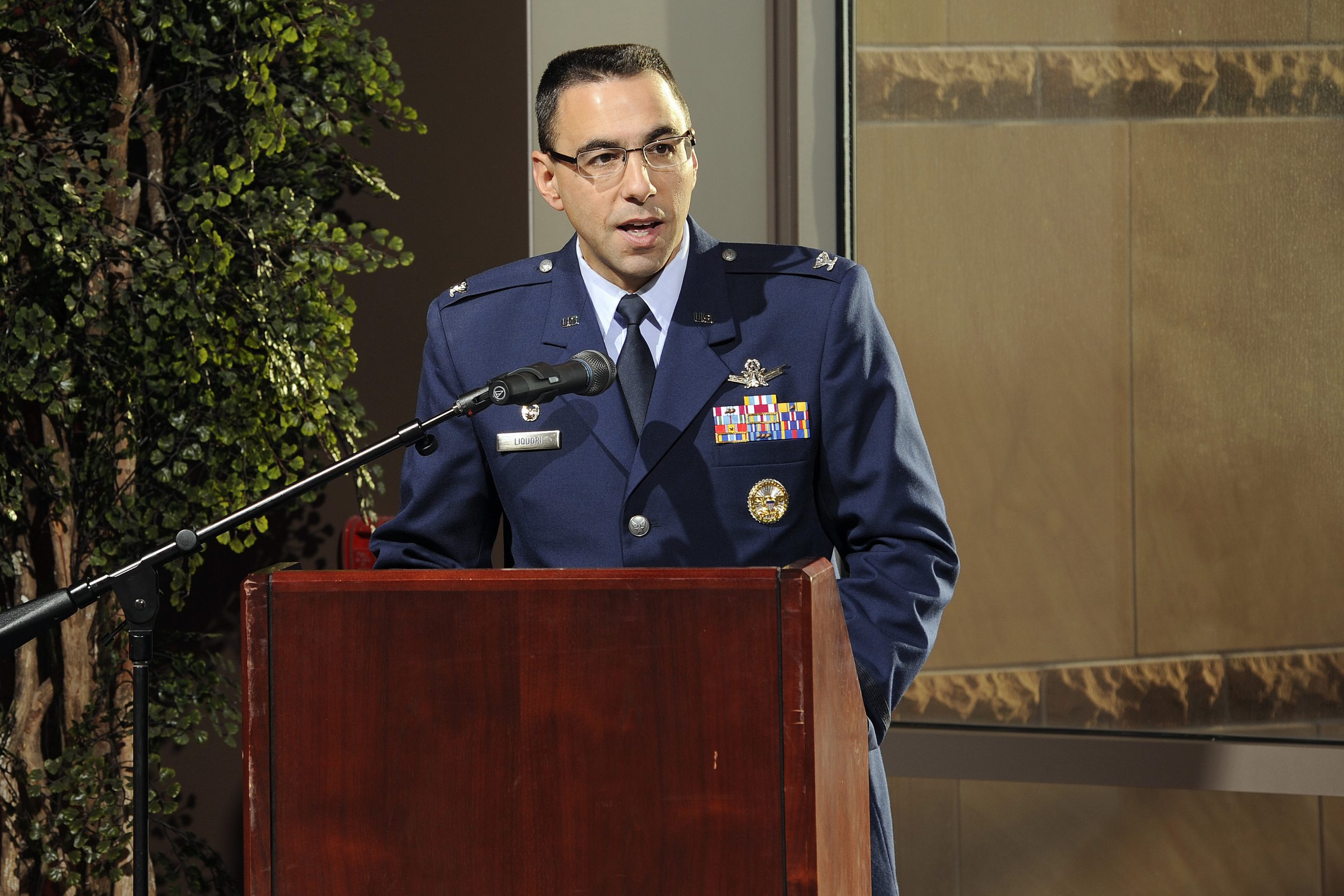Three Airmen with the Tennessee Air National Guard’s 118th Intelligence, Surveillance, and Reconnaissance Group died Sept. 8 in a small aircraft crash near McMinnville, Tenn.
The Airmen are: Lt. Col. Shelli Huether, the director of operations of the 118th Intelligence Support Squadron; Capt. Jessica Wright, the assistant director of operations for the 118th ISS; and Senior Master Sgt. Scott Bumpus, the chief of current operations for the 236th Intelligence Squadron.
“Words can not begin to explain the shock, grief, pain, and dismay we feel having lost three remarkable members of our Guard family,” 118th Wing Commander Col. Todd A. Wiles said in a statement. “All were dedicated to the service of our nation. Their families are in our hearts and prayers.”
The three Airmen were flying in a Piper PA-28, registered to the Lebanon Flying Club, when it crashed near the runway at Warren County Memorial Airport, according to WSMV. The National Transportation Safety Board is investigating the crash.








